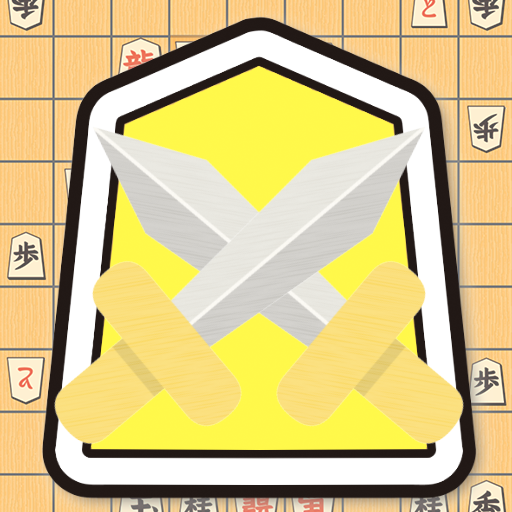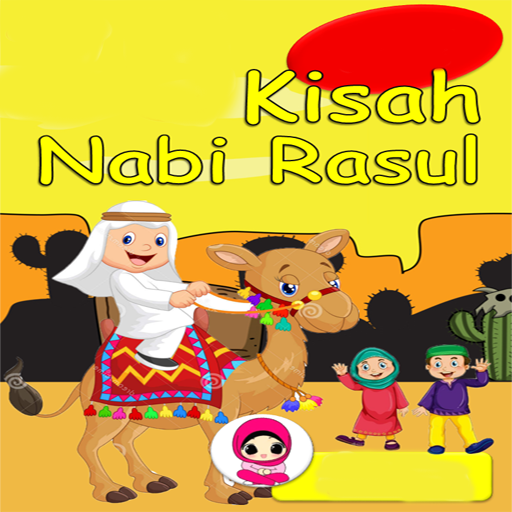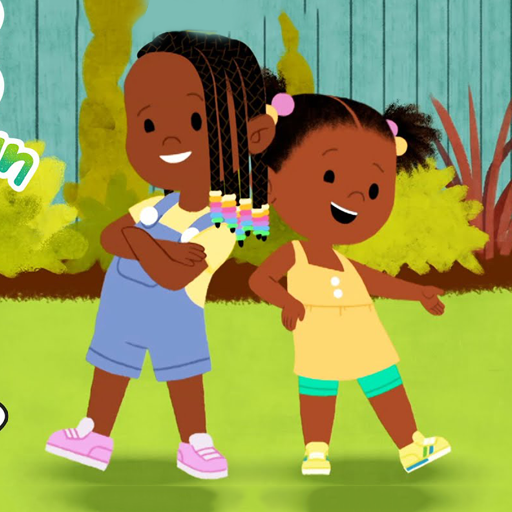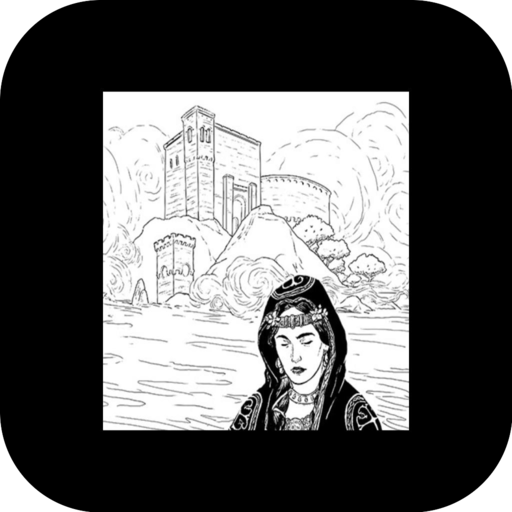This guide explores the diverse uses of Minecraft's beautiful botanicals, from dye creation to landscape enhancement and rare species collection. Let's delve into the unique properties and optimal applications of various flowers in your Minecraft adventures.
Table of Contents
Poppy | Dandelion | Allium | Rose Bush | Wither Rose | Peony Bush | Lily of the Valley | Tulip | Azure Bluet | Blue Orchid | Cornflower | Torchflower | Lilac | Oxeye Daisy | Sunflower
Poppy
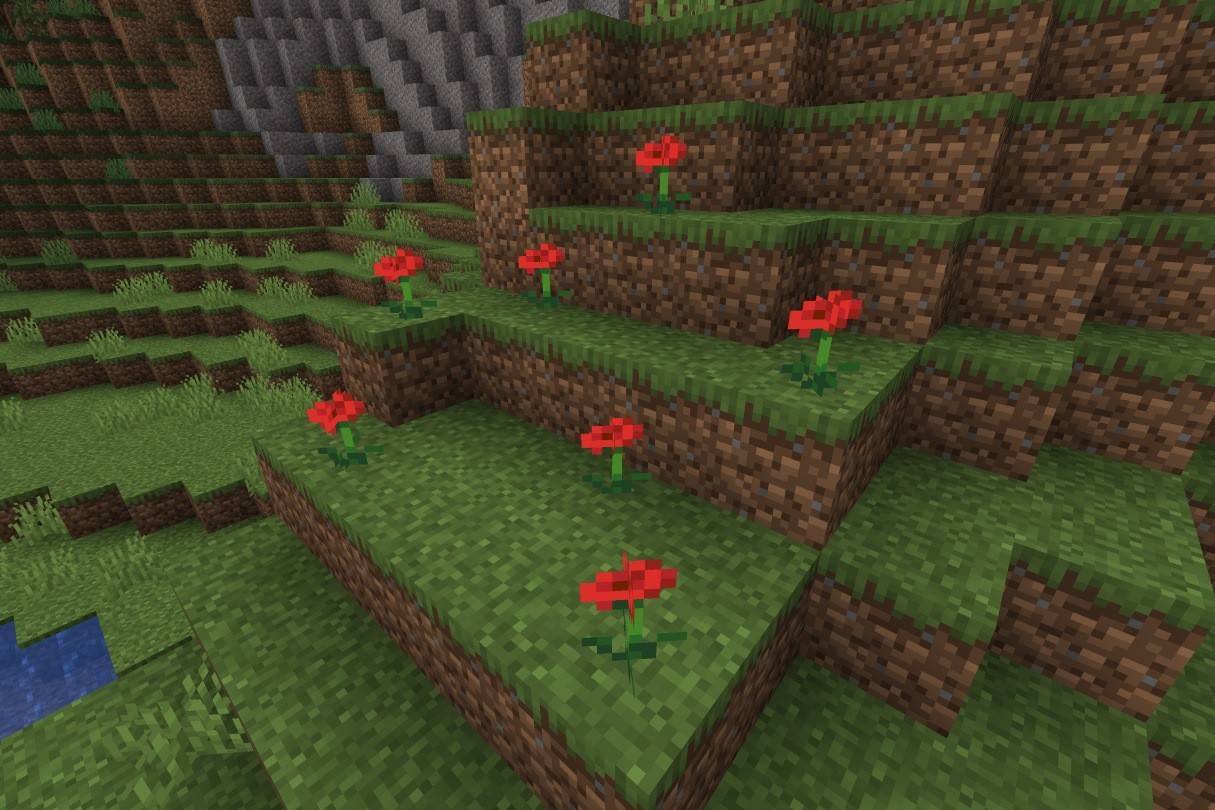 Image: ensigame.com
Image: ensigame.com
Replacing the original "rose" and cyan flowers, poppies are readily found across various biomes and are even dropped by Iron Golems. Their primary use is crafting red dye, essential for coloring banners, beds, wool, sheep, and tamed wolf collars.
Dandelion
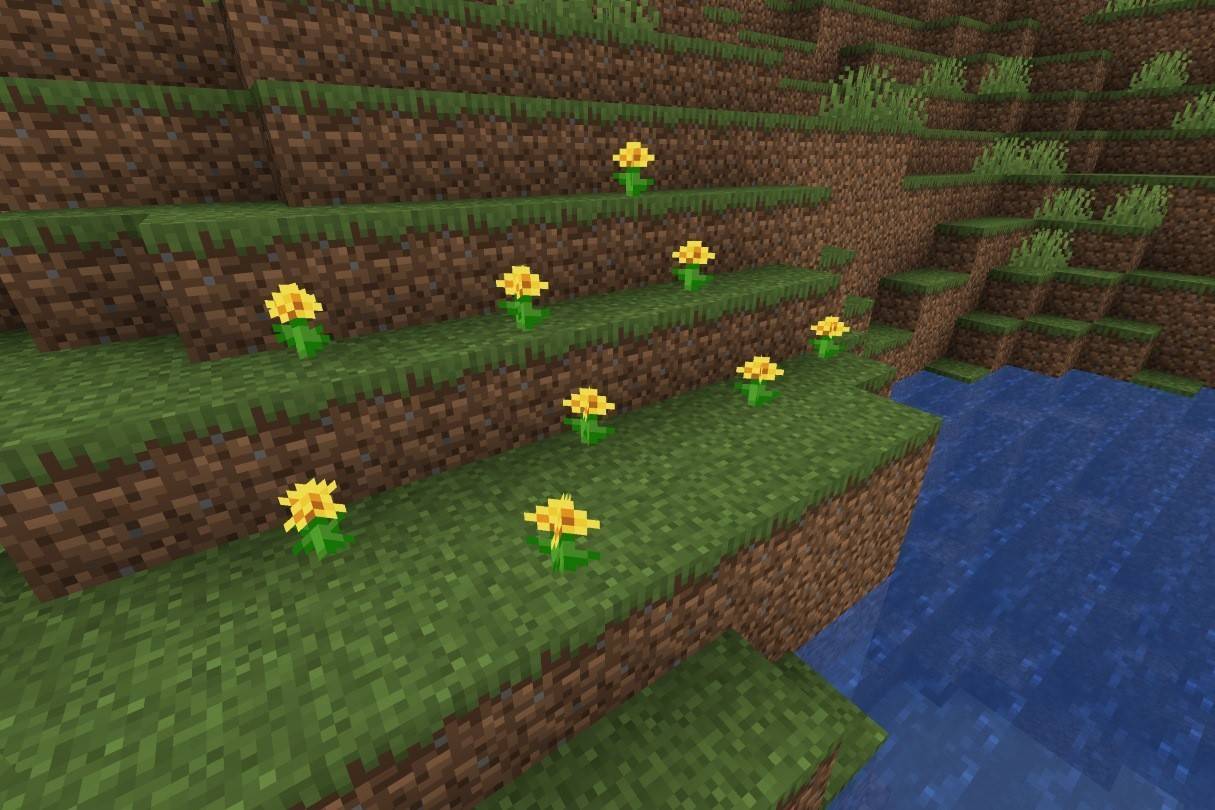 Image: ensigame.com
Image: ensigame.com
These bright yellow flowers, absent from marshes and ice plains, are prolific in flower forests. They provide yellow dye (sunflowers yield double the amount), perfect for brightening banners and wool.
Allium
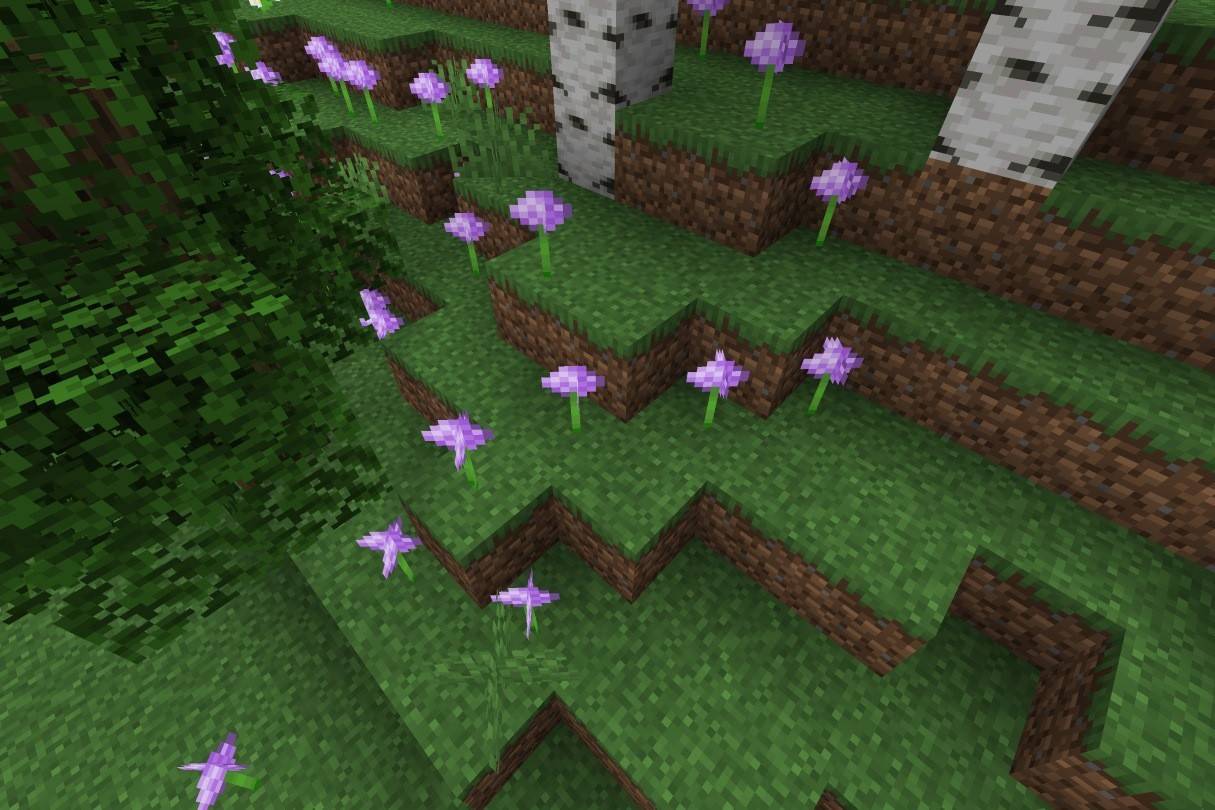 Image: ensigame.com
Image: ensigame.com
Native to flower forests, alliums produce magenta dye, crucial for coloring mobs and crafting blocks like magenta stained glass, terracotta, and wool.
Rose Bush
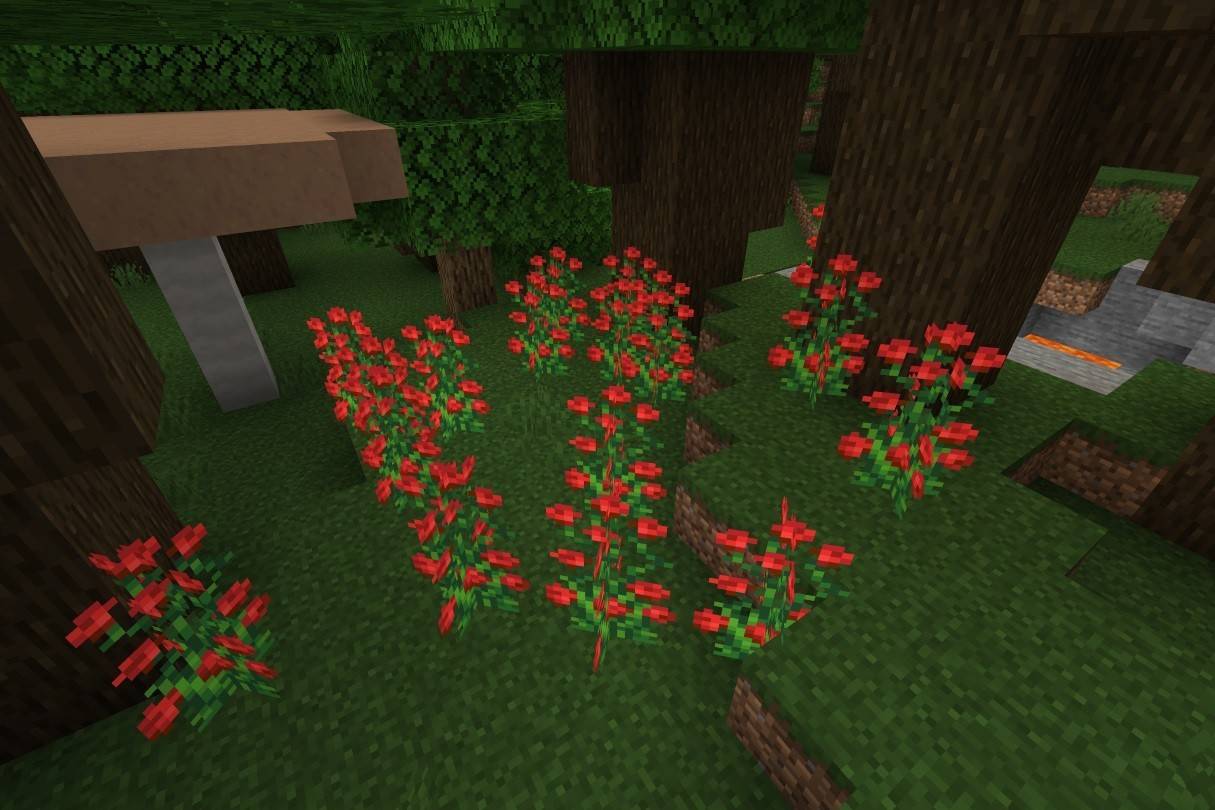 Image: ensigame.com
Image: ensigame.com
A two-block-high plant found in wooded biomes, rose bushes yield red dye, useful for dyeing wool, banners, beds, and leather armor. Unlike the wither rose, it's a safe and visually appealing addition to any landscape.
Wither Rose
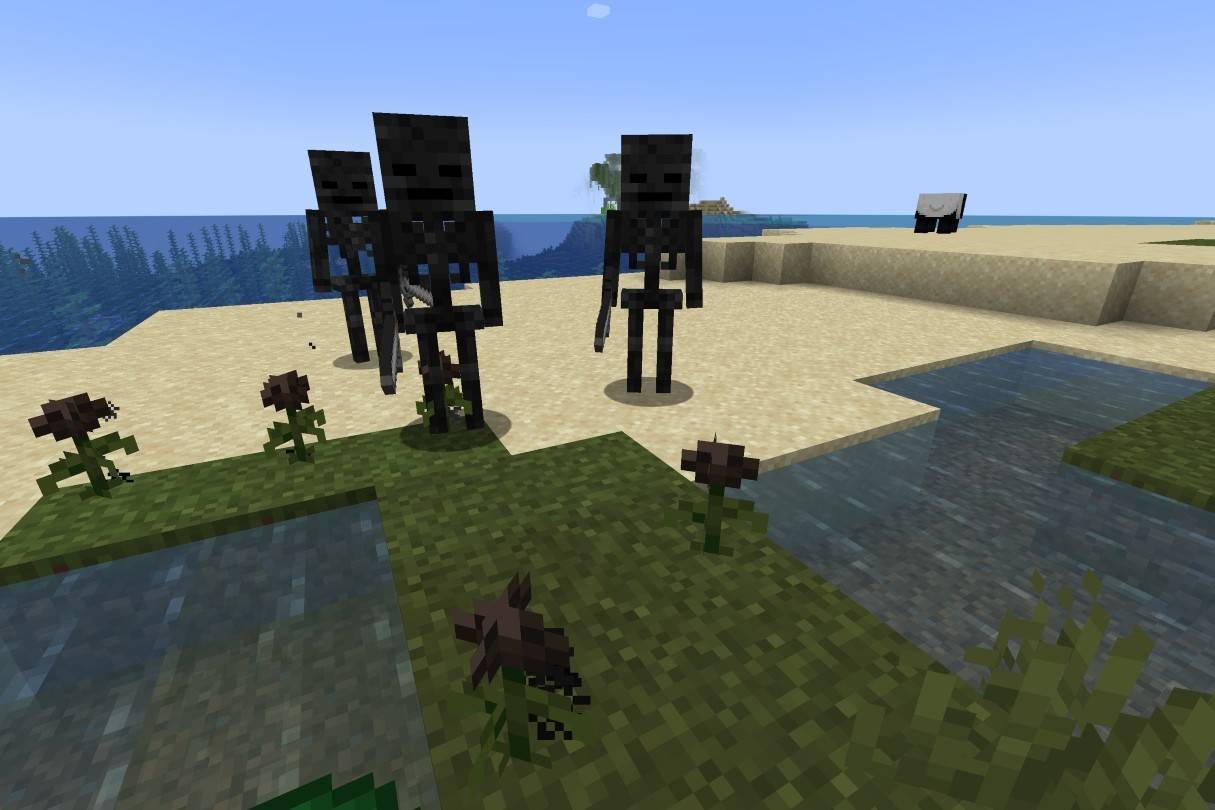 Image: ensigame.com
Image: ensigame.com
A rare, dangerous flower spawned by the Wither or found in the Nether. Touching it inflicts the Wither effect (curable with milk). It's used to create black dye for various items and is also a component in firework stars and black concrete powder.
Peony Bush
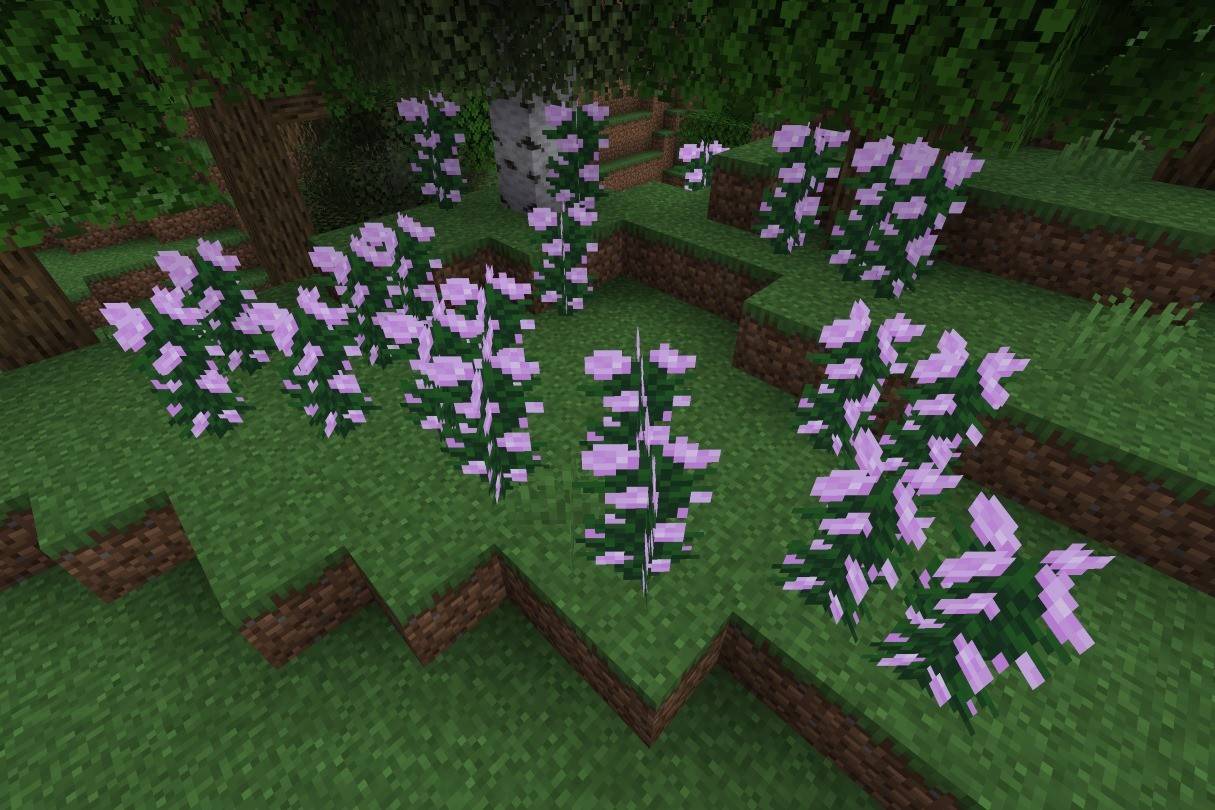 Image: ensigame.com
Image: ensigame.com
These tall, pink flowers thrive in woodland biomes. They produce pink dye (also craftable from red and white dye) and can be propagated with bone meal.
Lily of the Valley
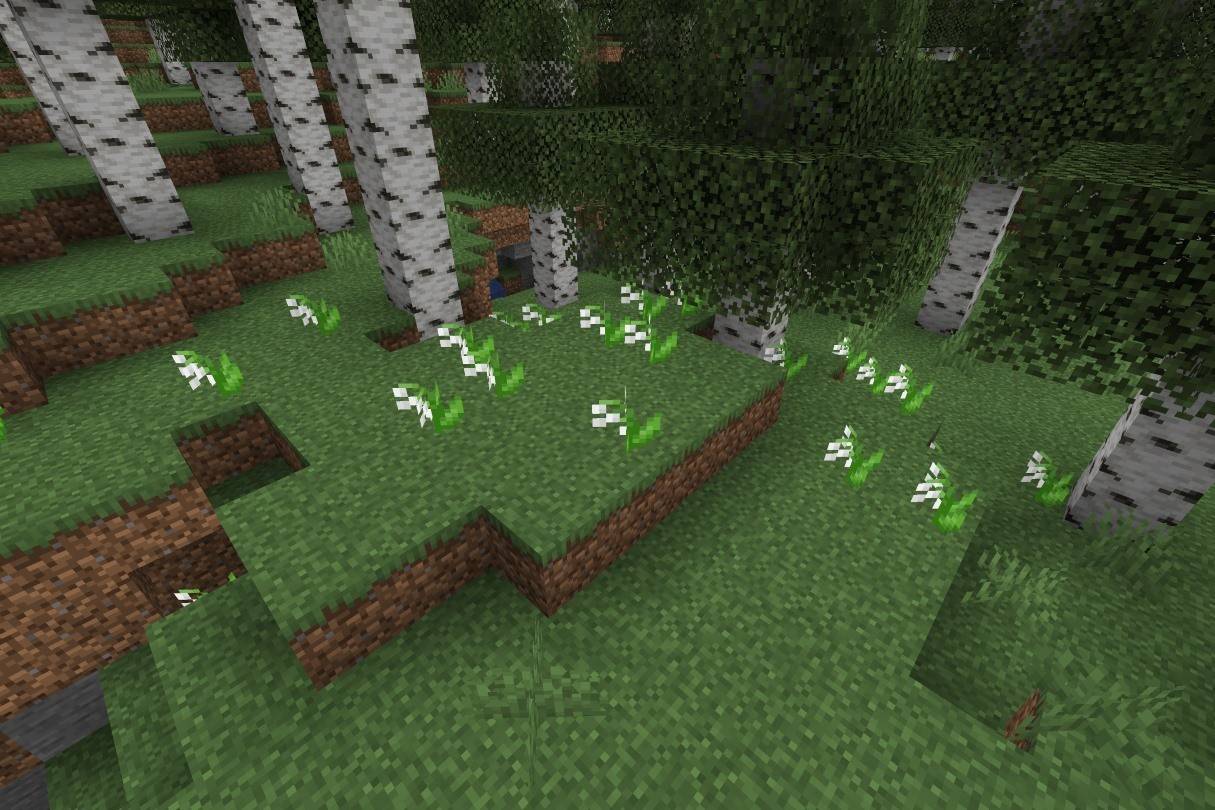 Image: ensigame.com
Image: ensigame.com
Found in forests and flower forests, these delicate flowers yield white dye, a base for creating other dyes like gray, light gray, light blue, lime, magenta, and pink.
Tulip
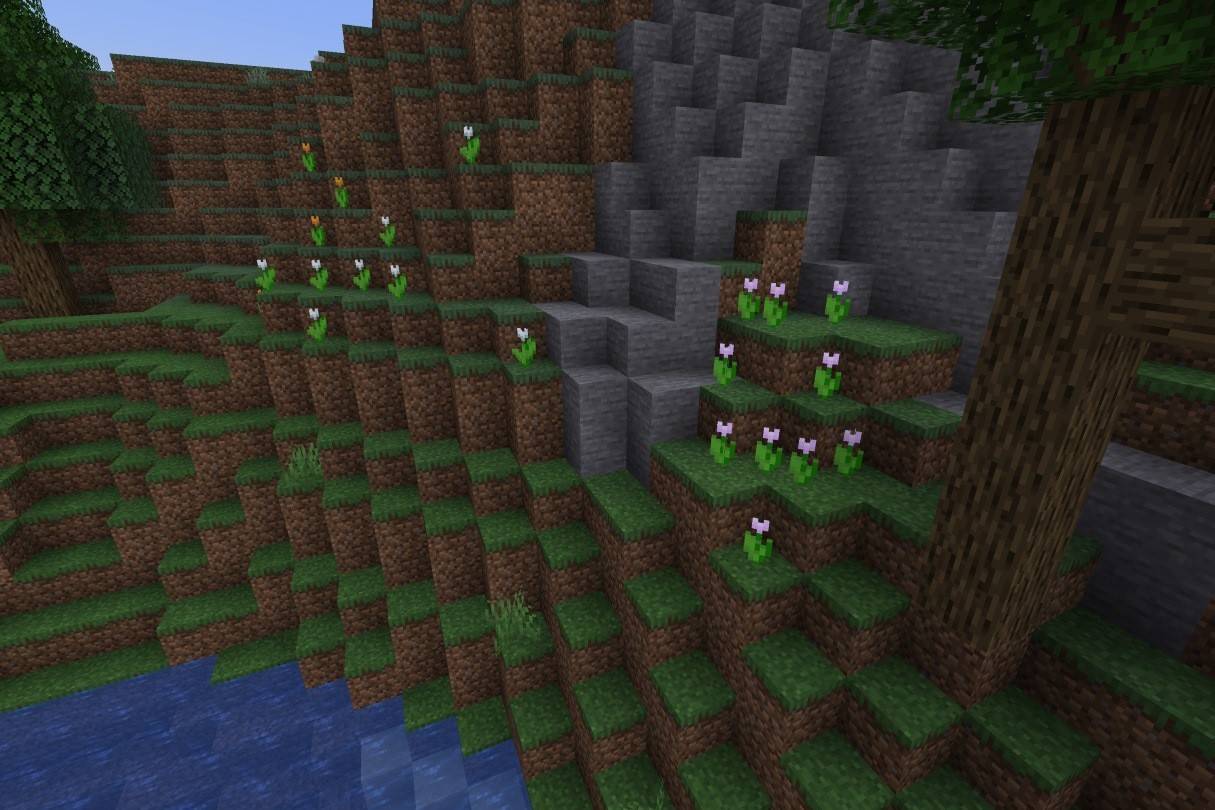 Image: ensigame.com
Image: ensigame.com
Available in red, orange, white, and pink varieties, tulips are found in plains and flower forests. Their color determines the dye they produce, offering diverse customization options.
Azure Bluet
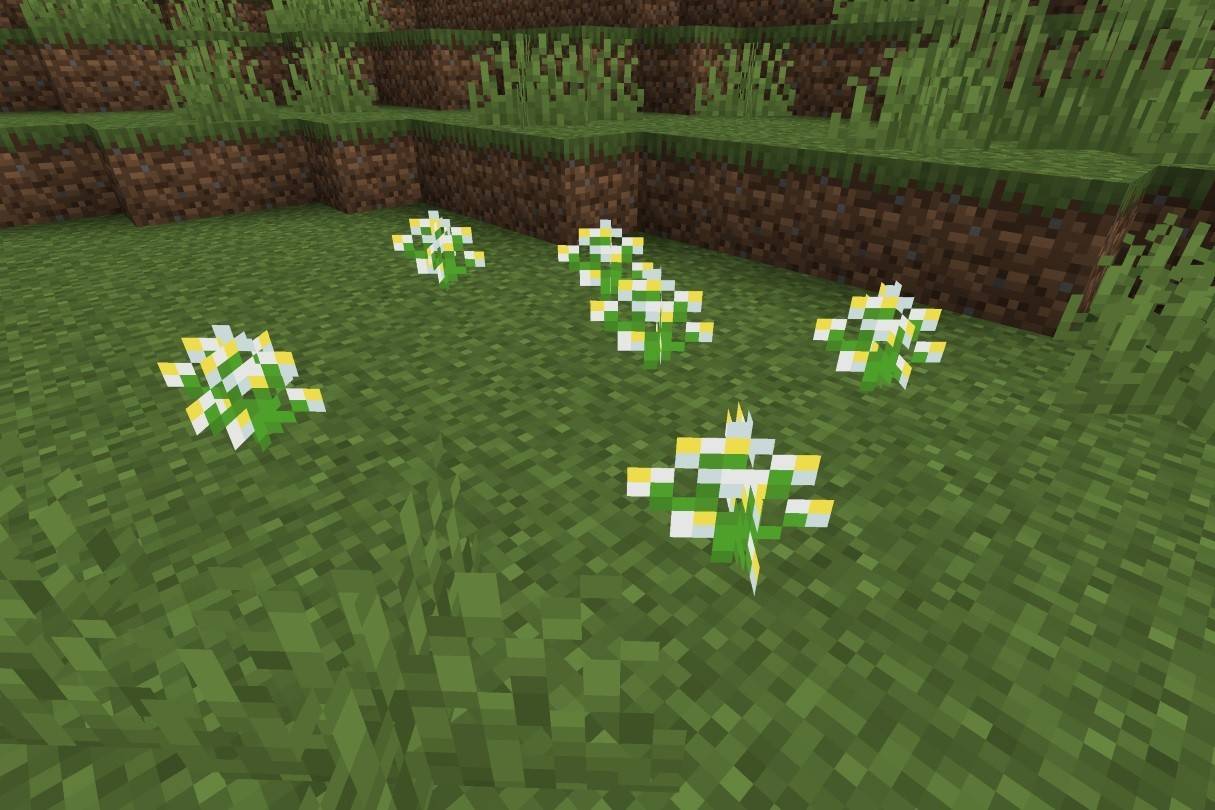 Image: ensigame.com
Image: ensigame.com
This small, white and yellow flower, found in grasslands and flower forests, creates light gray dye.
Blue Orchid
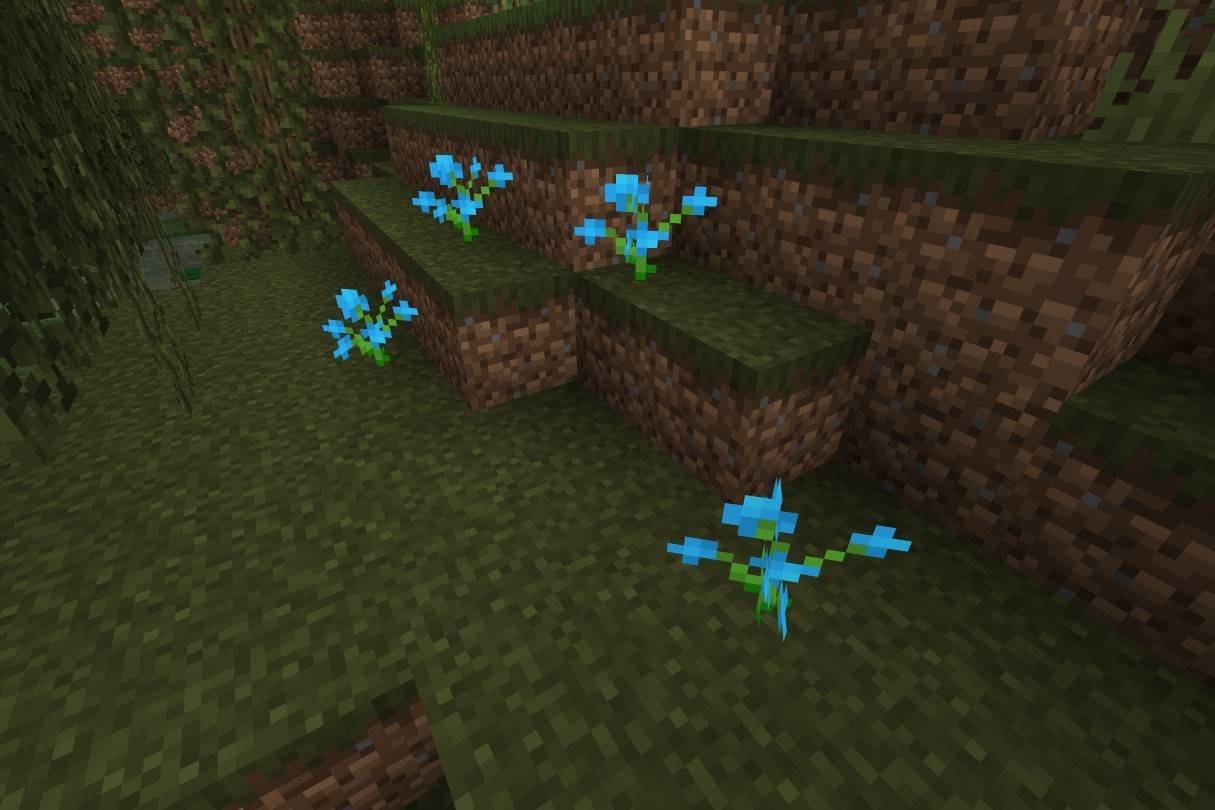 Image: ensigame.com
Image: ensigame.com
A rare flower found in swamps and taigas, it's used to make light blue dye.
Cornflower
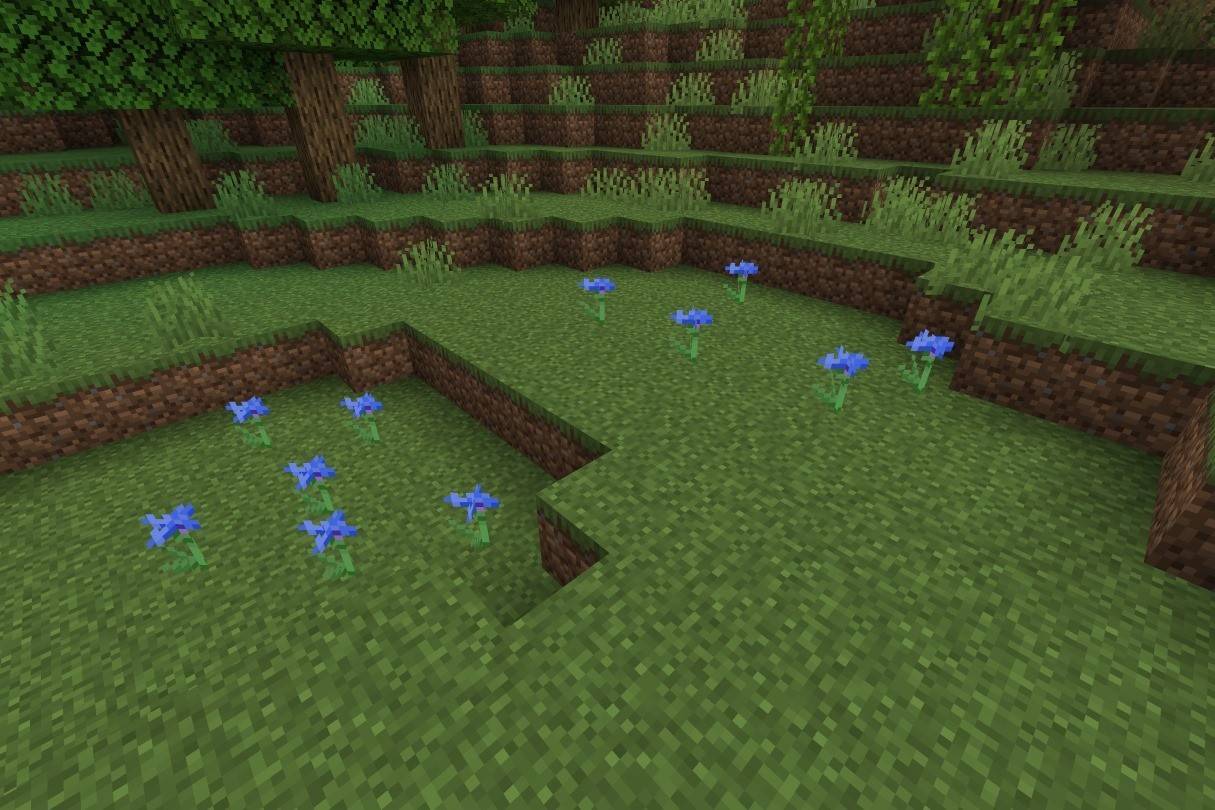 Image: ensigame.com
Image: ensigame.com
These blue flowers, found in plains and flower forests, produce blue dye for coloring various items.
Torchflower
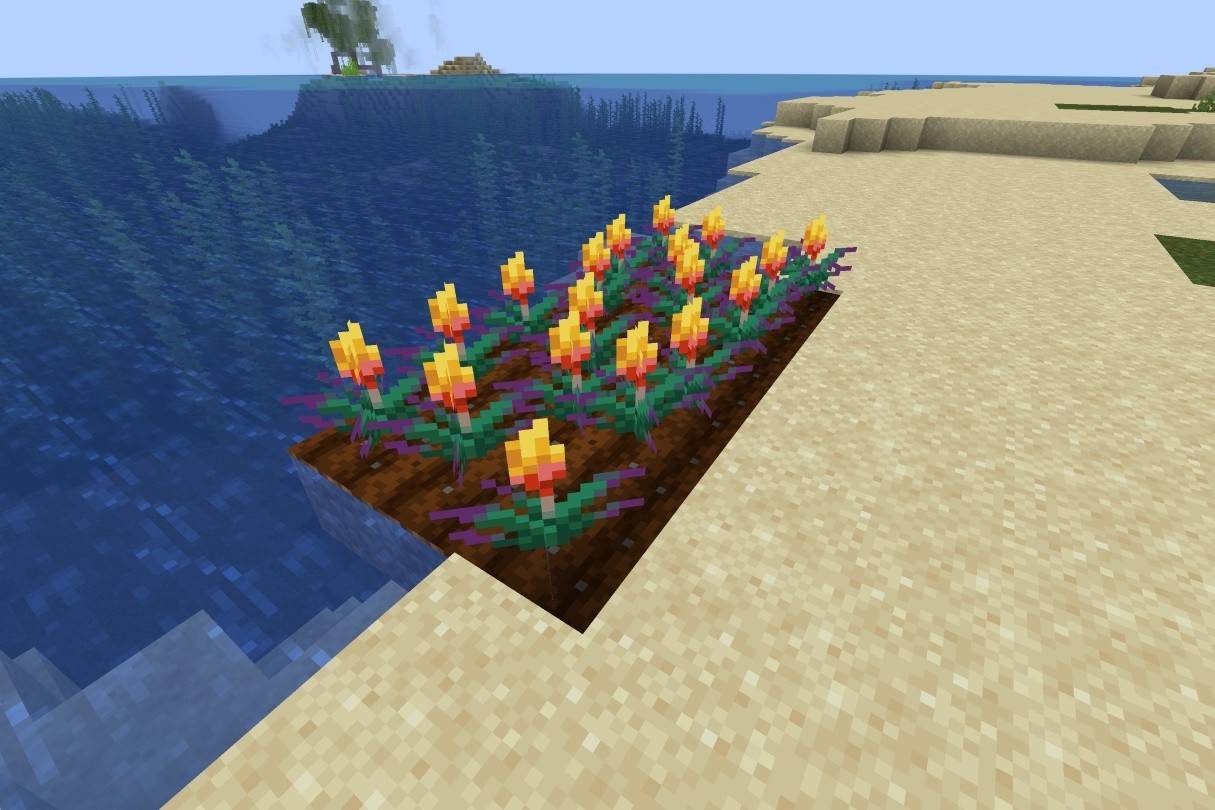 Image: ensigame.com
Image: ensigame.com
This flower yields orange dye. Its growth and propagation vary between Java and Bedrock editions.
Lilac
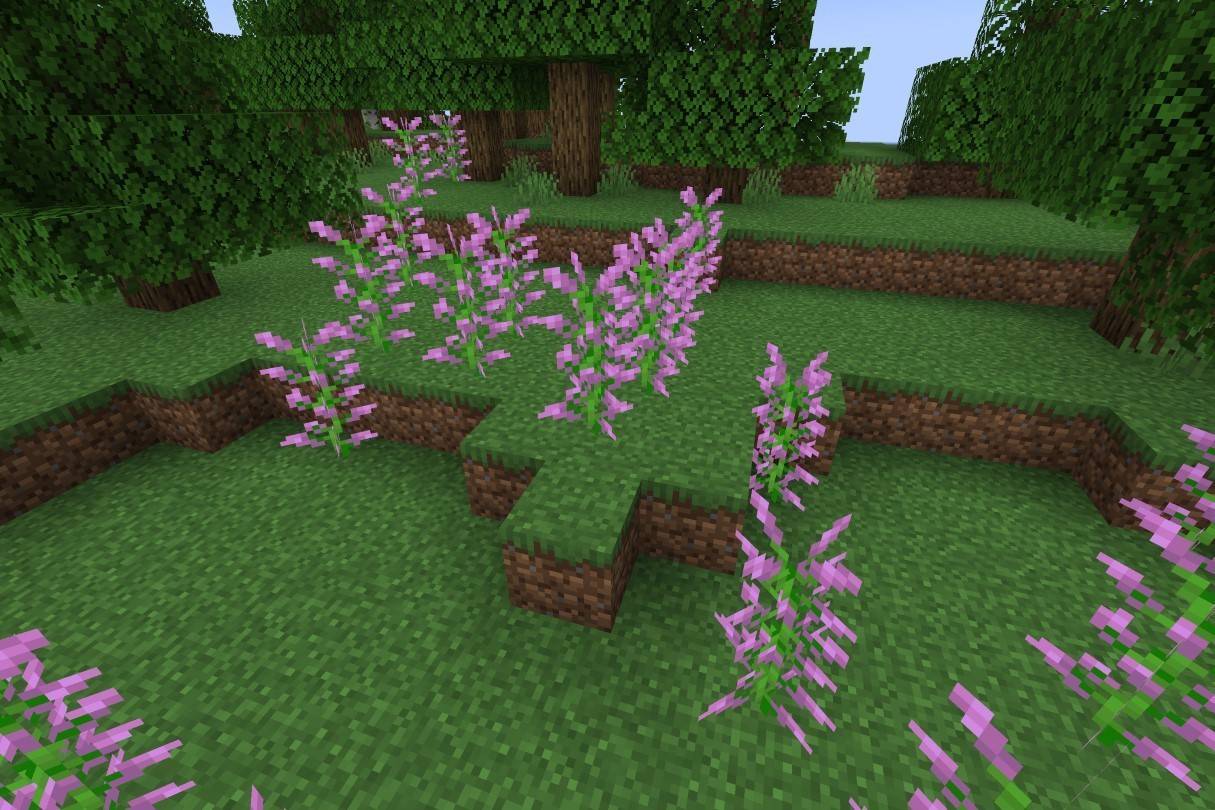 Image: ensigame.com
Image: ensigame.com
A two-block-high flower found in various forest biomes, lilacs are visually striking and produce magenta dye.
Oxeye Daisy
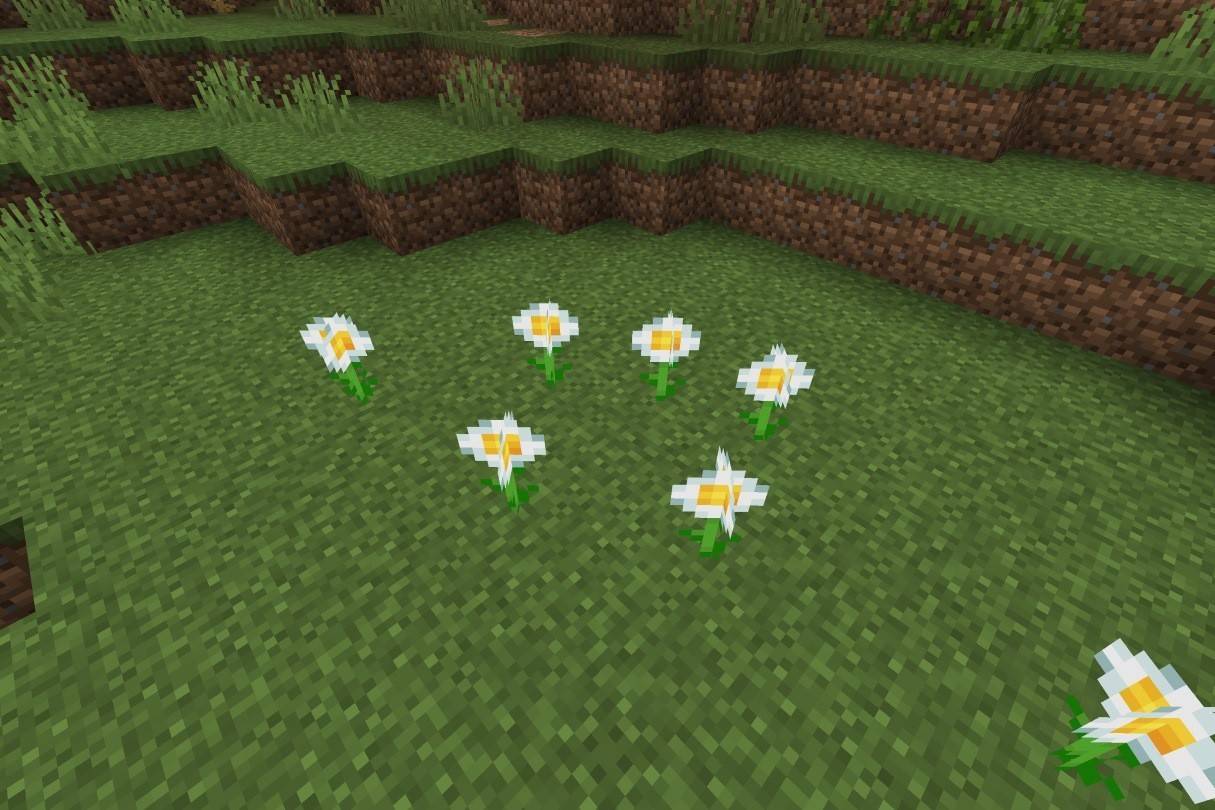 Image: ensigame.com
Image: ensigame.com
This white flower with a yellow center, found in plains biomes, is used to create light gray dye and can be used decoratively in banners.
Sunflower
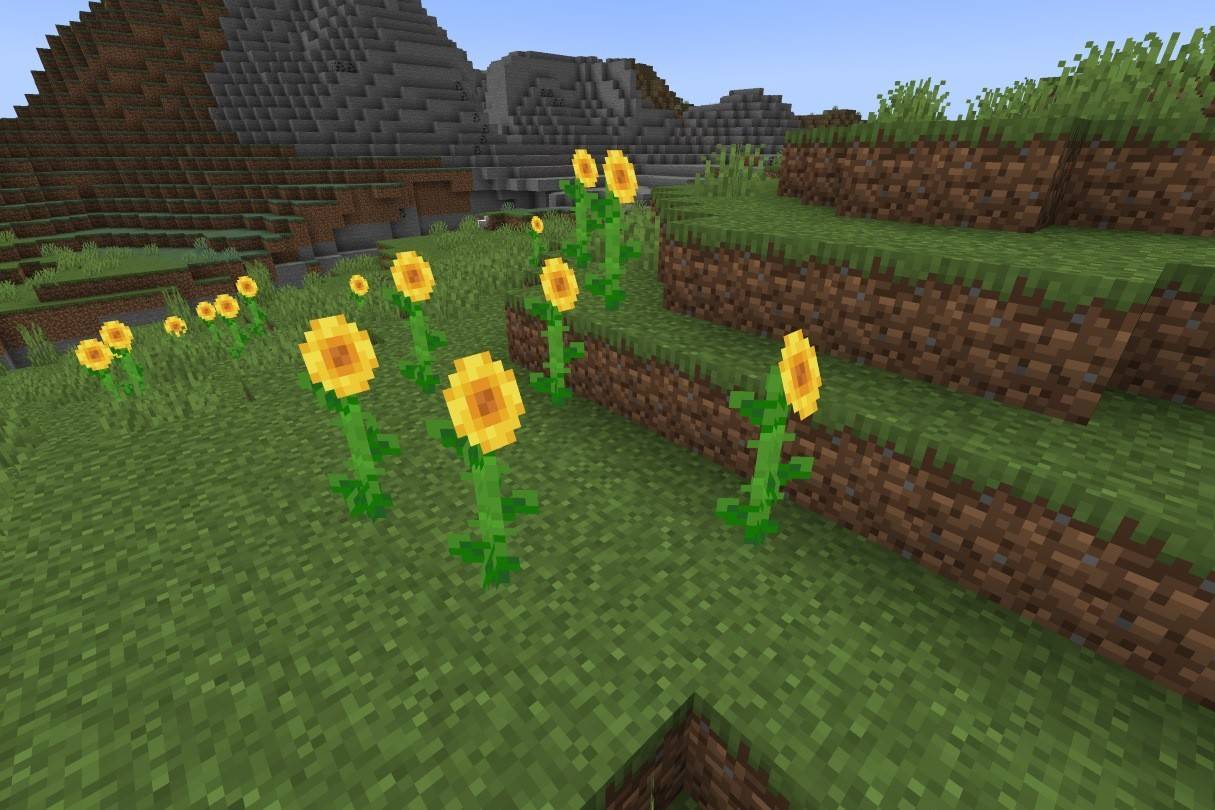 Image: ensigame.com
Image: ensigame.com
These tall flowers, found in sunflower plains, produce yellow dye and are useful for navigation due to their eastward orientation.
These flowers offer a wealth of possibilities in Minecraft, from crafting dyes to enhancing your world's aesthetics. Explore their unique properties and unlock their full potential!



